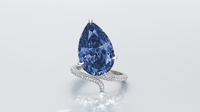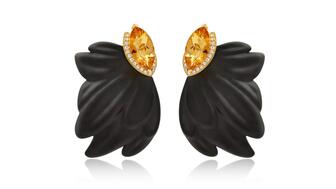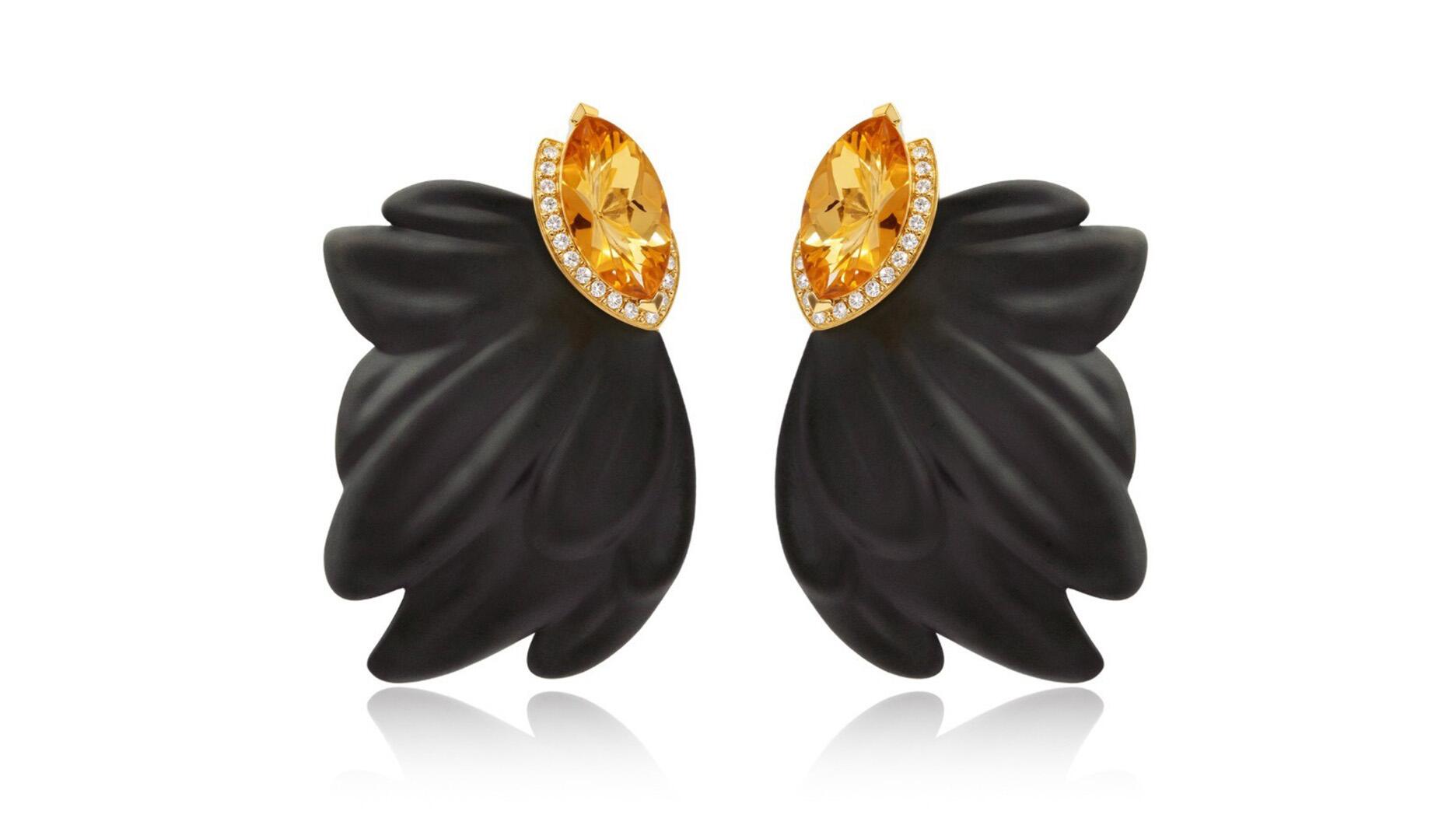The trio of Advent calendars include a version with 18-karat gold and lab-grown diamond jewelry in a red lacquer jewelry box.
Why there are diamonds in Arkansas
Editor-in-Chief Michelle Graff explores the geologic origins of the diamonds found in The Natural State.
An amateur prospector from Colorado uncovered a beautiful 8.52-carat white rough diamond and the story, as Crater stories usually do, ranked among National Jeweler’s most-read articles for the week.
Whenever we cover discoveries like these at the Crater of Diamonds, two questions always come to mind for me.
Number one, why are there diamonds in Arkansas, and are there diamonds in any other part of the United States? And, number two, are people finding more diamonds in Arkansas recently or are diamond finds just getting more coverage?
To understand why there are diamonds in The Natural State, you have to go back about 300 million years, when the two tectonic plates we now call North and South America collided with each other.
The collision formed the Ouachita (pronounced wash-a-taw) mountain range, which is located just eight miles north of the park.
Now fast-forward about 200 million years, to 100 million years ago, and the site where the park is today blows a gasket, literally (as is common where the Earth’s tectonic plates have converged.)
Instability within the Earth’s mantle forced gas and rock to move toward the surface, and there was a volcanic eruption that blew an 83-acre, funnel-shaped hole into the Earth, Crater Park Interpreter Waymon Cox explained to me via a phone interview recently.
(In case anyone is wondering, he’s called an interpreter because it’s his job to relay, i.e., interpret, information about the park’s geology, history and on how to search for diamonds to visitors.)
Cox said many diamonds, which had been forming underground due to the heat and pressure, came up with eruption.
While many were destroyed in the blast, a fair number also survived, and that’s what visitors find today at the Crater.
So, have the last couple of years, which have their share of good-sized rough finds, been an unusually active time for the park?
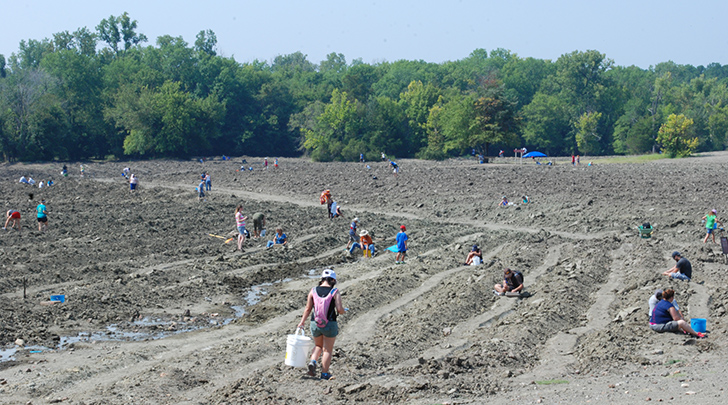
Cox doesn’t answer with an overwhelming yes, saying only that diamond discoveries at the park come and go in waves, influenced by a couple different factors.
First, there is the weather. More rain brings more diamond finds, as it washes away dirt and makes stones easier to find.
Secondly, there are the crowds. One big diamond find seems to begat another, not because people have hit on a particularly rich vein at the site but because big finds get a lot of publicity, bringing more people out to search.
More people searching equals more people turning up diamonds.
The GIA’s Russ Shor, who visited the Crater of Diamonds back in the 1990s when he was a writer for JCK (current JCK Editor-in-Chief Victoria Gomelsky did so as well, much more recently), said diamonds also were found near Rocky Mountain National Park in Colorado in the ‘90s and, going back even farther, JCK reported on diamonds being discovered in Georgia in the 1890s (before National Jeweler even existed).
But, overall, there has never been a huge diamond discovery in the U.S.
Shor notes that kimberlite and lamproite pipes, the two types of pipes that carry diamonds, don’t have an equal distribution of the stones and, of those that do contain diamonds, a smaller percentage still contain an amount of diamonds that make mining worth it.
(Interesting side note: the pipe at the Crater of Diamonds is a lamproite pipe. Shor says the only other known lamproite deposit in the world is the Argyle mine in Australia.)
He also notes that kimberlite pipes often come in clusters, like with the Kimberley Mines in South Africa.
At the Crater of Diamonds, Cox says they did try to mine the site commercially from 1906, when diamonds were first found there, to the 1950s.
In the 1990s, when a man named Bill Clinton was governor, the state decided it was once and for all going to determine if it was a sitting on diamond deposit that was worth mining or not.
As you might have guessed, what the state found was that the site “wasn’t commercially viable,” Cox says.
And so a park it remains. Happy hunting.
The Latest
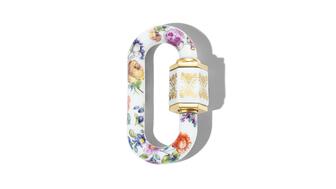

Created in collaboration with Nymphenburg Porcelain, the lock is part of a four-piece collection that took two years to bring to fruition.

Jewelry industry veteran Alisa Bunger has taken on the role.

The upcoming show provides savvy retailers with the opportunity to stock their cases with best sellers in advance of the holiday season.

The company and industry leader’s two-decade tenure with De Beers will come to a close at the end of the month.

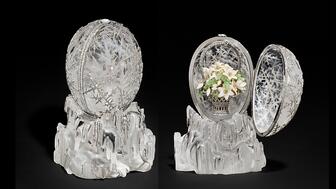
“The Winter Egg” set the world auction record for a Fabergé piece twice at previous Christie’s sales.

The company will pay 1.5x silver’s current spot price for each pound of silver oxide batteries submitted.
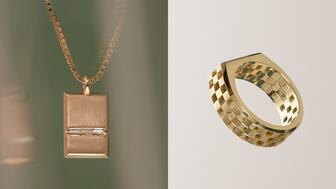
The line includes a “Shadow” series crafted exclusively for the new men’s offering and reimagined styles from the brand’s core collections.
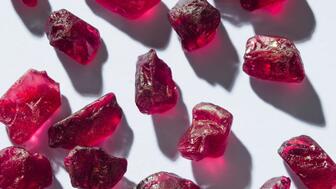
The rough on offer was recovered from a newer area at the Montepuez mine.
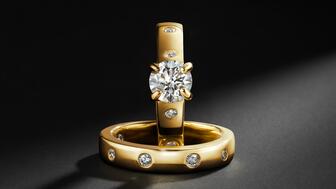
The retailer’s new collection of engagement rings and fashion jewelry is set with natural diamonds that are traceable via blockchain.
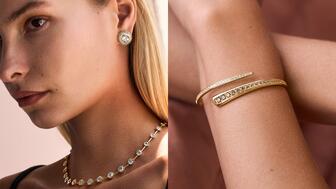
The champagne colorway in her newest “Ombré” collection combines white and trendy brown diamonds, a departure from her usual vibrant hues.
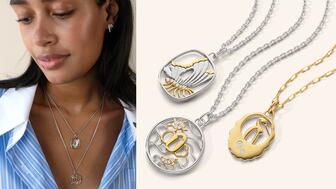
Kosann partnered with the Museum of Fine Arts, Boston, to create a set of necklaces inspired by the artwork on samurai sword handguards.

Carlos Jose Hernandez and Joshua Zuazo face life in prison for the October 2024 murder of 72-year-old Detroit-area jeweler Hussein Murray.

The brand’s first high jewelry collection, “Tempest” plays with movement while calling to mind the folklore of the sea.
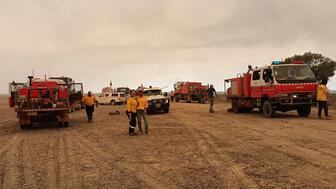
Proceeds from its jewelry raffle will go to a volunteer-run fire and rescue group in the Lightning Ridge area of New South Wales, Australia.

Stuller said the recipients embody the company’s core values, which include community participation and personal and professional growth.

Citizen’s new “Rainell” women’s watch has a raindrop-shaped case and is available with a silver-, gold-, purple-, or green-colored dial.
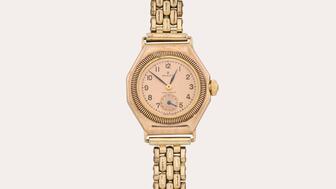
The “Mercedes Gleitze Rolex Oyster,” named for the British endurance swimmer who made it famous, will go up for sale next month.

Amit Pratihari was previously the managing director of De Beers India and Forevermark India.

Members of the Jewelers 24 Karat Club of Southern California will gain access to expanded services, resources, and connections, DCWC said.
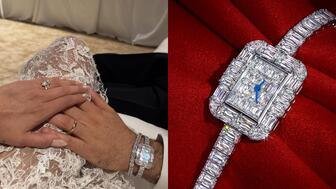
Gomez’s jewelry included Tiffany & Co. drop-style earrings while Blanco stacked diamonds from Jacob & Co. on his wrist.

Diamond industry banking veteran Paul De Wachter will take on the role in January 2026.

Taylor Swift flaunts an Elizabeth Taylor-esque gemstone in promo for her new album, “The Life of a Showgirl.”

Its “Quantre Sand” capsule was made using a 3D sand printing technique borrowed from the automotive and aeronautics industries.

Four individuals have been charged in the “takeover-style” robbery of Heller Jewelers last month, and additional charges are expected.

“Radiance and Reverie” will showcase more than 150 jewels from Lane’s personal collection by Tiffany & Co., Cartier, and more.



